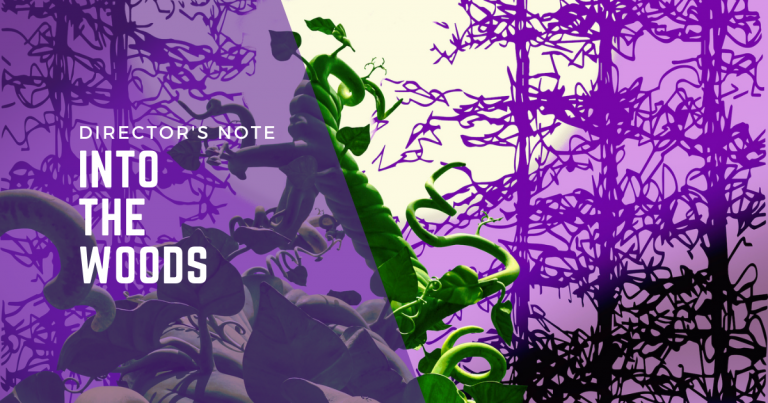Dramaturg’s Note | NEXT TO NORMAL
By Michelle Shapiro, Dramaturg
When Next to Normal opened off-Broadway at the Second Stage Theatre in 2008, it received mixed reviews. Within these reviews, there was at least one that stated that the musical pushed an irresponsible message about the treatment of bipolar disorder and that it failed to find the balance necessary between pathos and comedy. After taking out the “glitzy” musical numbers and the “campy” comedy, the show reopened at the Arena Stage, a regional theatre in Washington D.C., though the show was performed in Virginia, as the theatre was going under renovations at the time. It received rave reviews.
Normal is conforming to a type, a standard, or a regular pattern. Next to Normal explores normality, the definition of the word, and whatever may be akin to it. With normalcy comes abnormalcy. Abnormalcy is not a strange word to people in 2022. Normalcy in health care and treatment of mental health varies across the globe. Bipolar disorder affects about 2.8 percent of people living in the United States. Worldwide, bipolar disorder is considered to be the sixth leading cause of disability, according to the World Health Organization.
When researching new methods for detecting and diagnosing disease, it is important to be able to distinguish accurately between a normal variation and an abnormal variation due to disease. Statistically, women are 40% more likely to develop mental illness than men, and they are more likely to be diagnosed with anxiety or depression. Similarly, Latinx women are twice as likely to develop depression compared to Latinx men, white populations, or African-American populations. So often mental illness is stigmatized when, in reality, everyone suffers from it in some way, though some demographics struggle more than others. Many cultures look at it negatively, while others do not have the means to care for it.
The COVID-19 pandemic can lead anyone to feelings of loneliness or increased stress, symptoms often associated with anxiety and depression. Not only that, mental illnesses such as anxiety and depression have been proven to have worsened due to the unpredictable and devastating nature of the pandemic. COVID-19 has led to hundreds of thousands of unexpected hospitalizations and untimely deaths, leaving people to grieve when they most likely did not expect to for years to come.
I like to think about what kind of Next to Normal would be written today. It is simpler to believe that we, as a human race, have become more accepting and have erased the stigma of mental illness, however that is not all true. It is obvious that people have been affected more than we realize by COVID-19 and all that came with it. This “new normal” has reconditioned all of us. We are all struggling right now to survive, to communicate, to connect, and there are forces outside of our control that get in the way. It is comforting, however, to know that art can survive a crisis like this. We need this art to survive, it is essential.
On the outside, it is evident that we are all different. That is what makes us unique and what makes us ourselves. But we are also just as different on the inside. It does not matter where you come from or who you identify as. We are all different, and that is beautiful and normal. Or maybe Next to Normal.
For more information on the characters and mental illness, please visit this dramaturgical website.
Emerson Stage’s production of Next to Normal with music by Tom Kitt, book and lyrics by Brian Yorkey, and directed by M. Bevin O’Gara opens to the public on Thursday, January 27 at 8 p.m. EST and runs through January 30 at 2 p.m. EST. More information and limited availability of tickets are available at emersonstage.org/next-to-normal.



